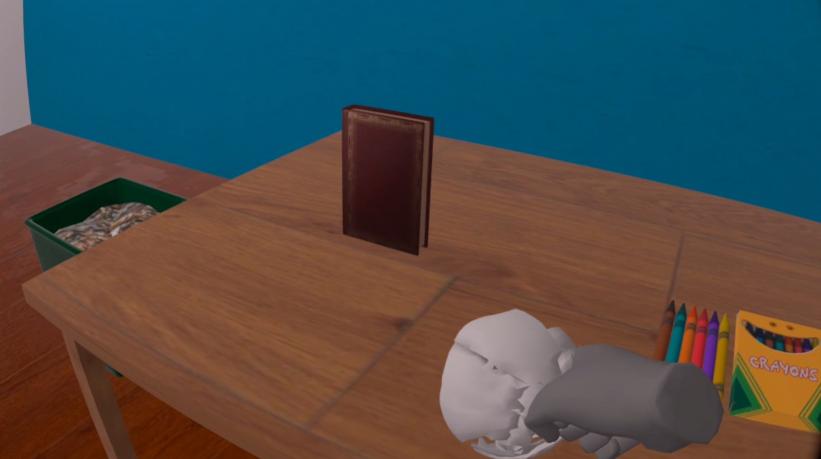Virtual reality used in rehabilitation
As part of the CyberSummer@WUT-3 competition, Stanislaw Tabisz, a student at the Faculty of Mathematics and Information Science of the Warsaw University of Technology, prepared a piece of VR software used in therapy for people with intellectual disabilities.
People with intellectual disabilities experience problems with concentration, motor skills, and social adaptation, among others. They can be rehabilitated using virtual reality, which facilitates the creation of a safe space for practising the skills that may lead to dangerous situations such as injuries in the real world. The WUT researchers involved in the creation of such a safe space include Joanna Porter-Sobieraj, PhD, who is collaborating with Dominika Siwek, an oligophrenopaedagogue and specialist in the revalidation and therapy of people on the autism spectrum, working at the W. Sherborne Special School Complex in Czerwionka-Leszczyny.
The outcome of the IDUB-funded project was the development of a method using biomedical data to detect intentional movement. The data collected in this way will facilitate analysing the behaviour of rehabilitated people and monitor their progress in therapy.
“I worked on selected scenes in which the rehabilitated person, or more precisely a child, must do something in the correct order, e.g. arrange scattered books on a shelf. Later, I went to the Special School Complex in Czerwionka-Leszczyny and tested the children's reactions to the environment I had created by analysing the chaotic movements of their hands or head. During the tests, it turned out that the height of the designed objects was too high, which was corrected on the spot by adjusting them to the height of the children,” explains Stanisław Tabisz.
The cooperation between the Faculty of MiNI and the Special School Complex in Czerwionka-Leszczyny continues (in addition to the CyberSummer@WUT-3 competition). Work is underway to extend the capabilities of the software being developed.


